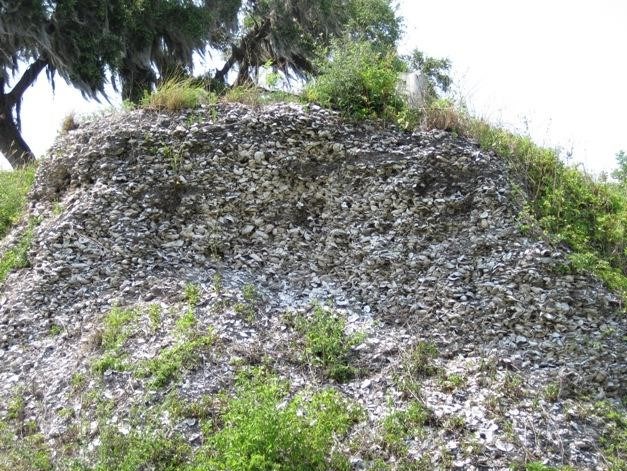Last updated: August 16, 2023
Article
Archaeology Activity

Florida Public Archaeology Network
Background
Have you ever heard the phrase, “One man’s trash is another man’s treasure?” To an archaeologist, this is definitely true!
So, what is an archaeologist? What is archaeology? And, what’s all this nonsense about trash? This activity will help you learn more about one of the specific ways we learn about the people from the past. Let’s go over a few things before we get started!
Archaeology is the study of human history, including the objects or artifacts that humans left behind. This means that an archaeologist is a person who studies human history and artifacts.

Castillo de San Marcos and Fort Matanzas National Monuments are massive artifacts, but sometimes artifacts are more difficult to find. In archaeology, a midden is a dumpsite for household waste. That could include animal bones, artifacts, shells, pottery sherds, and sometimes even human excrement!

The Archaeology Channel
Artifacts and archaeological research help us to tell the story of the many different people from the past. Take a look at the images and questions below to discover some of the artifacts found in St. Augustine by the Florida Museum of Natural History Historical Archaeology program.
Left image
Question: What is it?
Right image
Answer: slide to reveal.
Left image
Question: What is it?
Right image
Answer: slide to reveal.

Left image
Question: What is it?
Right image
Answer: slide to reveal.
Modern Day Midden Activity
A newspaper or other work surface cover
Gloves (optional)
Camera (if available)
Pen/Paper
Ruler (you can print one out this ruler if you don’t have one)
Lay the newspaper or other work surface cover out onto a table. Dump the collected trash onto the newspaper.
You have come across a modern day midden! It is your job to work as an archaeologist to learn more about the people who left these items behind. Archaeologists always document their work, so it is important to follow these steps:
- Without moving anything, take a photo to document the artifacts –
Sometimes the original (in situ) location of artifacts can tell us a story, so that is why we don’t want to move the artifacts yet. - Write down your initial or first observations –
Is there a theme? Does any one item stand out? What can you tell about this person at first glance? Or does it seem to be from multiple humans? - Observe the location of the artifacts in relation to the other artifacts –
Are there clumps of one type of item together? Are any objects stuck together? Can you tell which artifact was used most recently? - Write down any theories (guesses) you may have come up with from studying the locations of the different items.
- Put on your gloves (optional) –
Now that we have a photo documenting the midden in its original (in situ) state, it is ok to take a closer look at each artifact. - Examine one artifact at a time and learn as much as you can –
What is it? Is it easily identifiable? If it’s not, that’s ok! Does it look old or damaged? Was it used? What was its purpose? - Start a list with a description of each artifact –
Example – Green candy wrapper - Assign each artifact a number and add this to the description list –
This is how archaeologists catalogue, or keep track of artifacts. - Take a photo of each artifact with its number and a ruler for scale.

The hardest part is over! You have done a great job cataloguing your midden artifacts, and you have earned the title of archaeologist for today! Now that everything has been examined, photographed, and recorded, it is time to tell the story of the people who left this midden. Use your deduction skills to figure out as much as you can about the people.
- What did you learn from the artifacts you studied?
- Could you tell how many people left the artifacts behind?
- Could you tell the age range?
- What kinds of things did the people eat?
- What things did they use?
Share With Us
Write up the story of your modern day midden and share it with us on social media (@castillonps)! Include some of the photos you took! Through archaeology we can learn a great deal about our ancestors. Sometimes it just means we have to dig through trash.
